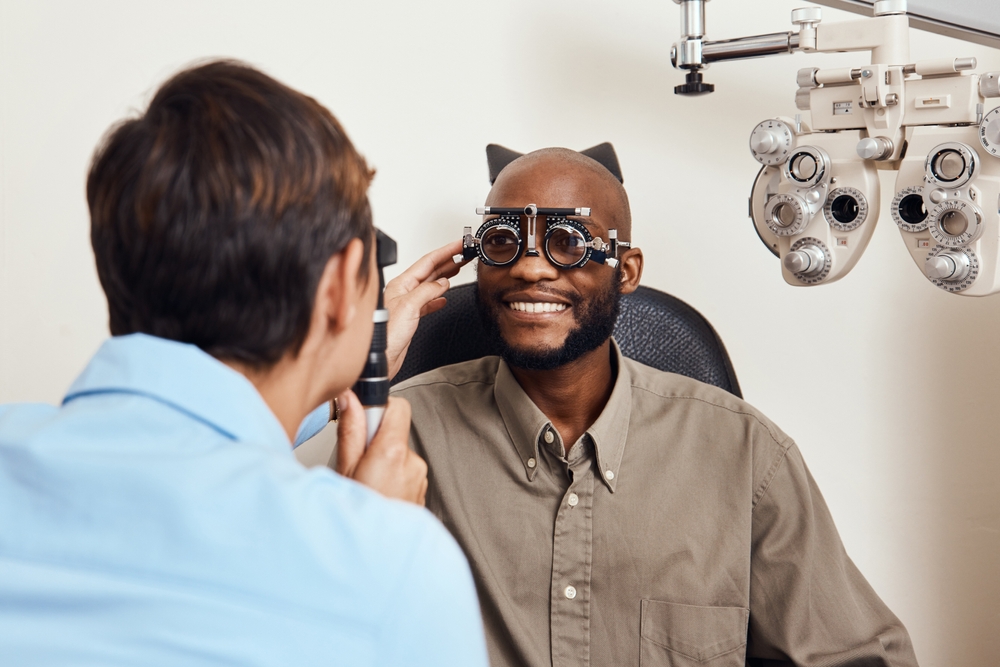How Do I Determine Which Refractive Surgery Procedure is Right for Me?
September 27th, 2023
If you’ve decided that vision correction surgery is right for you, you’re likely exploring your options. You may be wondering which procedure is best for you and your specific vision needs.
Keep reading to learn about various refractive surgery procedures that are available, along with guidance on how to make the right decision!
Consult With Your Eye Doctor
Your eye doctor will perform a thorough examination to determine which procedures will be more successful in correcting your refractive errors. They will also take into account your lifestyle, frequent activities, and vision goals.
Consider Your Eye Health
Health conditions like diabetes, thin corneas, or dry eyes can affect outcomes. You should also take into account recovery times, which vary between procedures.
Understand Different Refractive Surgery Options
LASIK is just one of several vision correction options. Understanding the differences between procedures and what works best for different people, is the key to achieving optimal vision outcomes.
LASIK
A bladeless form of surgery, LASIK uses an excimer laser to reshape the cornea. The eye surgeon will make a thin flap in the surface of the cornea to access the inner layer, which is reshaped to improve your vision and correct your refractive error.
Afterward, the flap is laid back in place and will heal on its own. LASIK candidates should have corneas thick enough to make the necessary flap possible. Patients with thin corneas are advised to consider options other than LASIK.
PRK
Similar to LASIK, PRK is laser surgery. Instead of cutting a flap, the eye surgeon removes the outer layer of the cornea called the epithelium.
During recovery, the epithelium regenerates new cells as it heals itself. The results of PRK are almost identical to LASIK.
There may be mild discomfort during healing, and the recommended recovery time is five to seven days. Vision may be blurry at first, but by the end of the recovery period, you should regain your natural vision and be able to see clearly.
LASEK
LASEK uses elements of both LASIK and PRK to improve your vision. To achieve a successful corneal flap, an incision is made in the top layer of the cornea.
Then a mild alcohol solution is applied, which loosens the cells of the epithelium, making the outer layer flap easier to lift. Laser surgery reshapes the interior layers of the cornea, and the flap is laid in place.
With LASEK, a soft contact lens adds further protection for your eye as it heals. Recovery is typically faster with LASEK than with PRK.
Like PRK, there’s slightly more discomfort with LASEK than LASIK. Your vision will also take two to three days to fully recover and give you clear sight.
EVO ICL
Individuals with a high degree of nearsightedness or those with astigmatism who are not suitable candidates for LASIK can be treated with a procedure that implants a refractive lens. The EVO ICL is a unique lens that changes the focus of the light entering the eye.
Collamer is a material that includes collagen, a naturally occurring substance in your cornea. Because the EVO ICL is a foldable lens, it requires only the tiniest of incisions for placement within the eye.
During a short surgical procedure, the EVO ICL is implanted behind the natural lens of your eye. It’s a good choice for those with thin corneas or individuals whose dry eye syndrome makes them ineligible for LASIK.
Discuss Your Visual Needs and Expectations
Be sure to have an in-depth discussion with your ophthalmologist about your vision goals and lifestyle needs. Together, you can determine the optimal refractive surgery for your eyes and vision condition.
Do you want to learn more about refractive surgery, or are you interested in determining which procedure may be right for you? Schedule an appointment at Laser Eye Center in Huntsville, AL, today!



